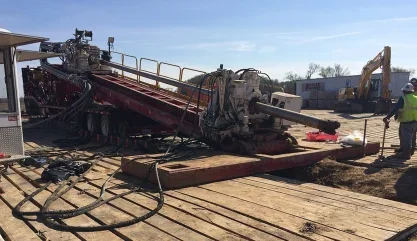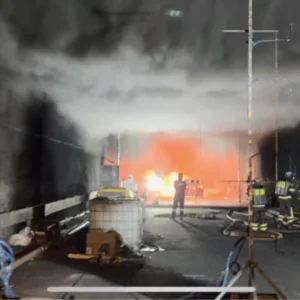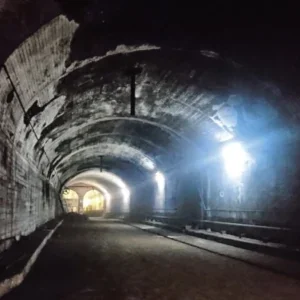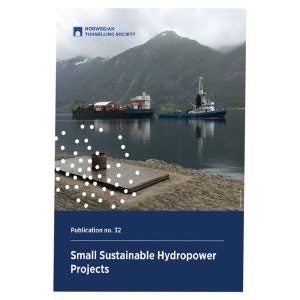
In the tunnel and civil engineering world, finding better methods to complete projects with minimal impact on the environment and public is an important focus for most designers and contractors. Horizontal Directional Drilling (HDD) – a trenchless construction method – allows one to install pipelines, sewer, water mains, power, and telecom through a steerable and trenchless method where conventional open-cut techniques are not feasible nor cost effective.
The process begins with boring a small pilot hole along the desired centerline of a proposed profile under the crossing obstacle (e.g., a highway) with a continuous string of steel drill rod.
The position of the drill head is accurately controlled with devices and sensors that monitor and track the drill head. It is these directional capabilities that has allowed HDD to become one of the primary trenchless construction methods for installing underground utilities that it is today. Through small adjustments made by the operator, drill heads can go around trees and under foundations, buried utilities, lakes, or other obstructions.
When the bore head and rod emerge on the opposite side of the crossing, usually a special cutter called a back reamer, is attached and pulled back through the pilot hole. The reamer bores out the pilot hole so the pipe can be pulled through. The pipe is typically pulled through from the side of the crossing opposite to the drill rig.
One of the important aspects in the design of the drill-path is creating as large a radius of curvature as possible. The drill-path will normally have curvature along its vertical profile. Curvature requirements are dependent on site-geometry (i.e., crossing length, required depth to provide safe cover, staging site location).
The reaming operation usually consists of using an appropriate tool to open the pilot hole to a slightly larger diameter than the carrier pipe. Normal over-sizing may be from 1.2 to 1.5 times the outside diameter of the carrier pipe. Several reaming passes may be needed for large-diameter pipes, which require larger boreholes that cannot be created in a single pass. Typically, a “drilling mud” such as fluid bentonite clay is injected into the bore while cutting and reaming to stabilize the hole and remove soil cuttings.
A good design practice for HDD pipes should consider all temporary construction loads, as well as long-term service loads. An experienced team will assess pipe properties to ensure smooth installation and operation. Additionally, structural performance of the pipe must be checked and determined to fit acceptable project use standards.
Here are few extra tips on the HDD method: 1) Select the crossing route to keep it to the shortest reasonable distance. 2) Find routes and sites where the pipeline can be constructed in one continuous length. 3) Long crossings with large diameter pipe need bigger, more powerful equipment.
As innovation in drilling equipment and operator expertise continues to expand, so will the uses and installation applications of HDD.
Q&A Interview with Ali Asadi
Q: What are the main limitations to HDD?
Ali: HDD is one of the fastest-growing trenchless technologies, pipelines from 2’’ to 54’’ and the crossing length of 50m to 1.8km have been installed successfully with HDD. However, there are limitations for this powerful method. For example, the entry and exit angles and curvature radius should be defined in the limited range to have a safe installation. Although one of the advantages of HDD is the minimum space requirements, depending on the pipe diameter and crossing length, considerable space might be needed at the pipe side to set the pipeline before pulling back step. Also, “No Drill Zones,” which are areas where drilling is not permitted, should be defined based on the geotechnical study to ensure a safe drilling process.
Q: What are some of the risks involved with HDD?
Ali: Like any construction site, all risks should be identified before starting. I would like to provide some recommendations for eliminating common risks. 1) The inadvertent return fluid or frac-out is unintentional leaking of the drilling fluid to the surface. This can have undesirable impacts not only on the HDD process, but also on the environment and surrounding infrastructures. Controlling the fluid pressure and following the recommendation for the minimum vertical depth can minimize the risk. 2) Crossing the underground utilities in the urban area is another risk.
The main recommendations based on the OSHA bulletin to avoid the risk are: 1) visual inspection, 2) communication with utility companies and review all the drawings, 3) use “potholing technic”.
This technic involves small excavation hole to identify the underground utilities.
Hitting an underground network can cause interruption in the network, stop the drilling process and may lead to excavation for repair or even a catastrophic incident.






